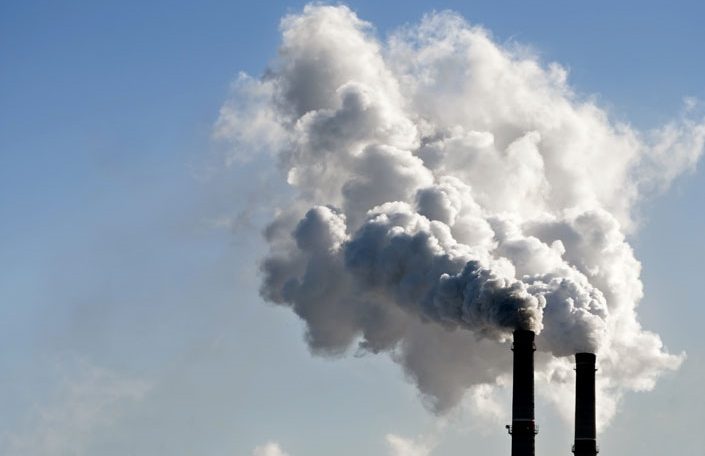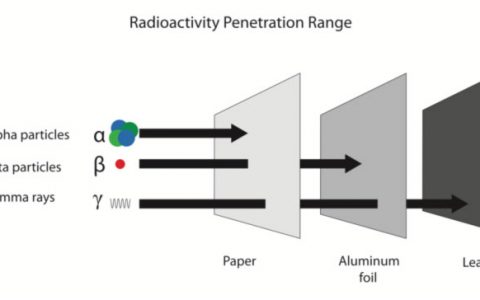
The Paris Agreement signed in 2015 established a pledge to cap the global warming to a maximum of two degrees Celsius. This pact calls on the 195 signatory countries to reduce CO2 emissions into the atmosphere from industrial activity, electricity generation, heating or transport. Capturing these emissions and safely storing CO2 underground is crucial to protect the atmosphere and curbing climate change successfully.
A team of scientists, led by Juan Alcalde, a Spanish researcher at the University of Aberdeen, says in a study published in Nature Communications that the capture and underground storage of this greenhouse gas is a safe tool to fight global warming.
“We will not be able to meet our CO2 emissions reduction targets unless we implement this and other technologies and increase the production and use of renewable energies,” explains Alcalde.
Storing CO2 underground would be safe for 10,000 years and would combat global warming
The authors collected a significant amount of data on a worldwide scale on natural accumulations of carbon dioxide and methane. To this was added the available historical information related to the production of the hydrocarbon industry, such as natural gas storage, injection boreholes, and laboratory experiments.
With all the information, the researchers generated an underground CO2 storage model and performed different simulations to obtain predictions on the behavior of the stored gas over the next 10,000 years.
Unlike previous work, the study integrates all the possible factors and processes that occur during gas storage, such as the natural “trapping” of carbon dioxide produced inside rocks in the form of microscopic bubbles, or the dissolution of gas in the water inside certain rock formations in the subsoil.
“Safety in storing CO2 underground is a perfectly understandable concern. Our work shows that underground storage of this gas is safe in the long term and is, therefore, an essential tool for combating global warming,” says the researcher.




